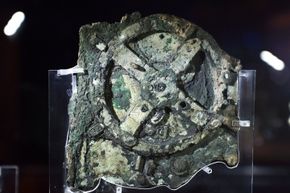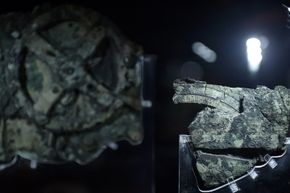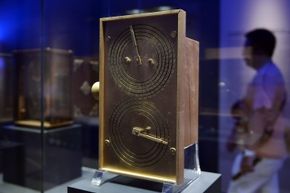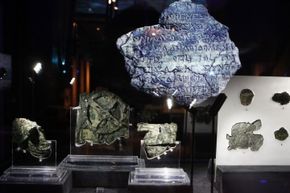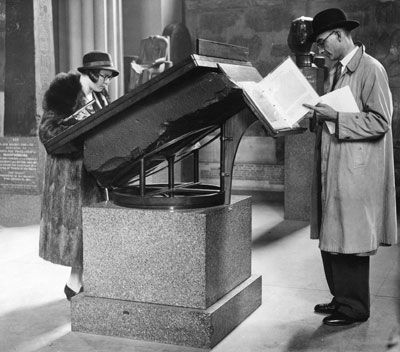Key Takeaways
- The Antikythera Mechanism is an ancient Greek analog computer used to predict astronomical positions and eclipses.
- It dates back to the 1st or 2nd century B.C.E. and was discovered in 1901 from a shipwreck near the Greek island of Antikythera.
- It showcases the advanced knowledge of astronomy and engineering possessed by ancient civilizations.
The year is 60 B.C.E. An enormous Roman grain ship loaded with Greek artwork has docked in the main port of Rhodes, an island off the coast of present-day Turkey. Its most distinguished passenger, a princess, goes ashore to meet the famed astronomer Hipparchus. The two quickly hit it off, which is good, because the princess is there to collect something incredibly valuable from him for transport to her destination on the mainland.
With the help of his assistants, Hipparchus has built one of the most valuable objects of the ancient world. It's a mechanism more sophisticated than any other device of the era. With the object safely stowed in her cabin, the princess waves goodbye to Hipparchus from the deck of the departing ship.
Advertisement
As the vessel enters the Aegean Sea, the weather deteriorates. The wind picks up, and sailors trim the sails of their massive boat. Confined to her cabin, the princess uncovers the mechanism and plays with it. To modern eyes, it looks like a large, elaborate clock. Complex gears on the front and back spin as the princess idly turns a dial on the side of the wooden case. Suddenly the ship boat lurches to one side, the mechanism slides off the table and the princess falls to the floor. She jumps up and rushes to porthole in time to see the boat smash into the jagged rocks at the foot of a tall headland.
Let's say the princess escaped. Maybe the entire crew made it to safety. Nobody knows exactly what happened.
In fact, the above is an entirely fictional account. There may or may not have been a princess on board. As for Hipparchus, he was a historically significant astronomer whom researchers think could plausibly have made the device. All that's known for certain is that sometime around 60 B.C.E., a giant grain ship sank off the coast of an Aegean island called Antikythera. And in the debris of that wreck, for nearly 2,000 years, a mechanism that some have called the world's first analog computer was lost.
Advertisement
